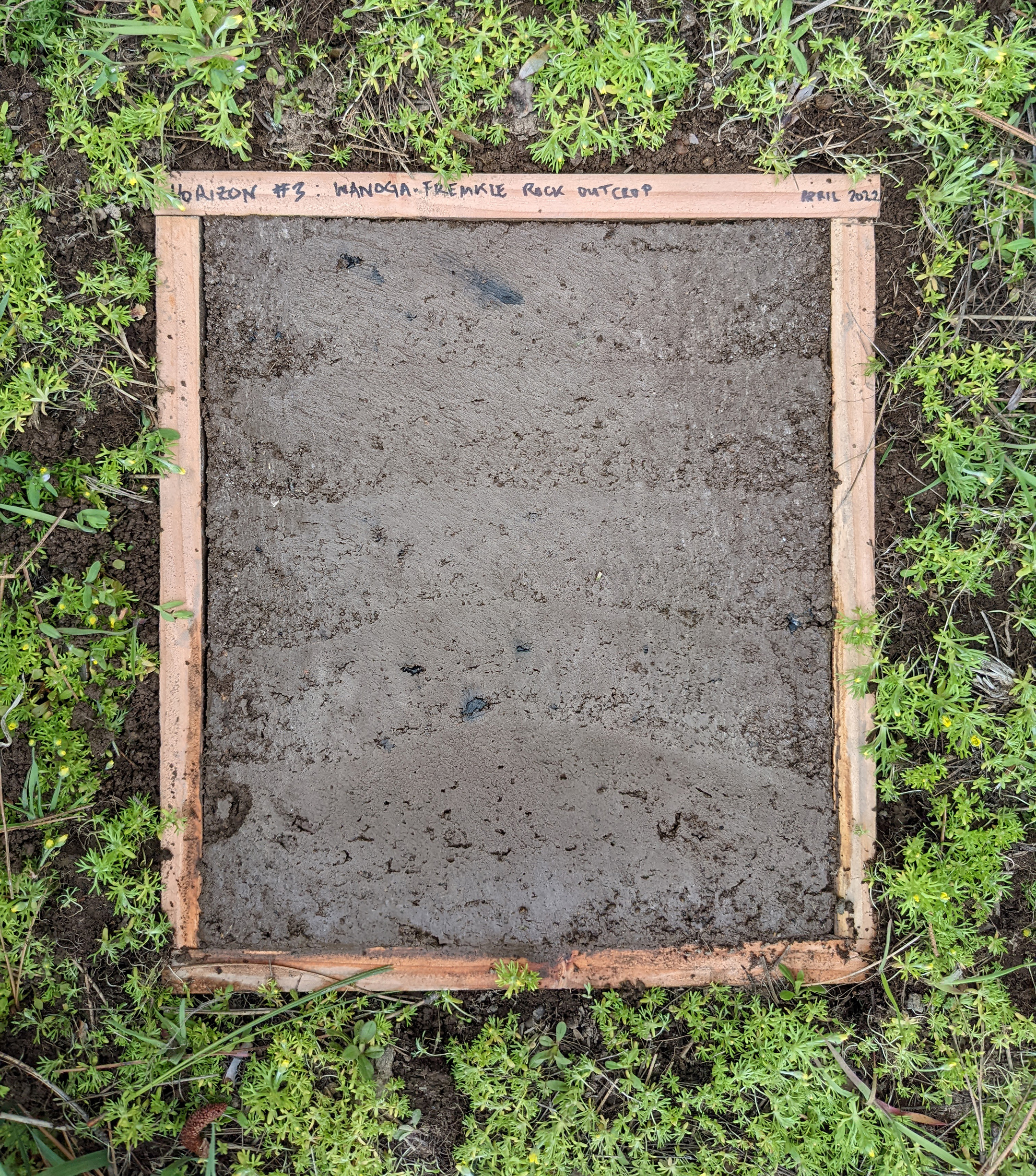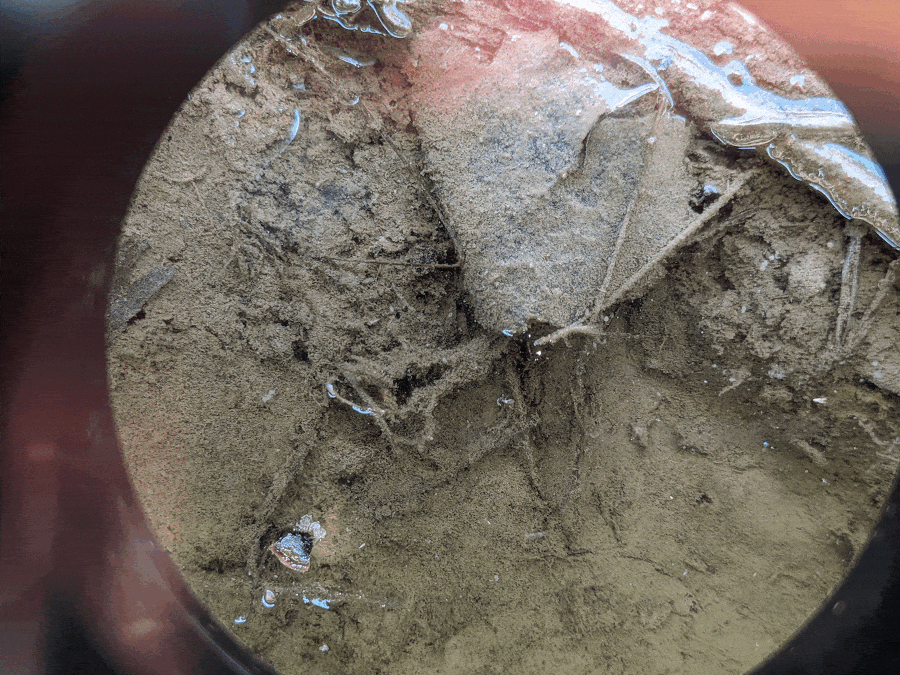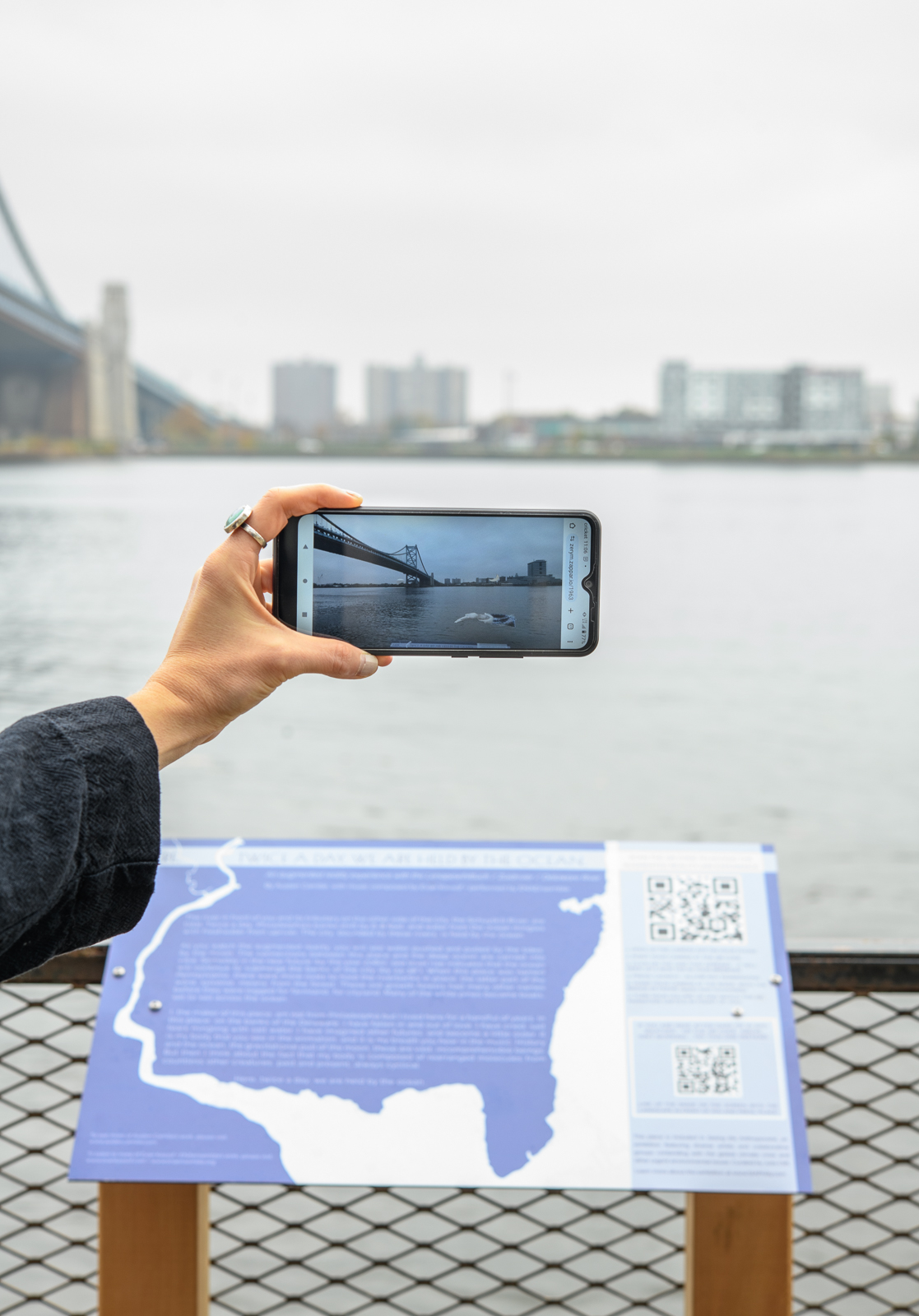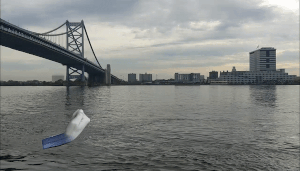Meet the Ecotopian Toolmakers: Q+A with Austen Camille
May 3, 2024
Austen Camille, a Canadian-American multidisciplinary artist, writer, builder, and gardener, creates site-responsive public works that forge and highlight connections within local environments. Traveling to various locations, Camille engages deeply with each community through research and interaction, crafting art that dialogues with and reflects the surrounding landscape. This immersive approach allows them to both build and illuminate existing relationships within the environments they work.
We hope you’ll join us for Austen’s workshop on Saturday, June 15 from 10 AM - 1:30 PM at Morris Arboretum & Gardens. Learn more on our events page.
PPEH: Briefly introduce yourself— Where are you from, what kind of work do you do, and what role you play in this project?
Auston Camille: I am from all over - I grew up moving around all the time, and am still doing so! I am a site-responsive public artist, meaning that I move from place to place for public projects and make work in conversation with many different landscapes and communities. My practice is very interdisciplinary; the medium is always determined by the place, using materials that make sense for the story being told. For the Ecotopian Toolkit, I will be creating a tool that enables people to experience the sheer quantity - and diversity - of life within the soil under their feet.
PPEH: Tell us a little about your tool. How does your tool inspire and empower human visitors to support multispecies flourishing?
AC: "It is very possible that over half of the world’s species live under the surface of the soil" is a way to visualize the intricacy of soil, and understand its foundational role in multispecies flourishing. Community-created drawings of imagined soil species will be animated and turned into augmented reality experiences around the city of Philadelphia.
This tool will be able to be used in a number of locations, whether people are standing on grass, concrete, or dirt. Signage will prompt passerby to scan a QR code: when the QR code is activated, the person can choose what type of surface they want to engage with, point their phone at it, and see the surface open up and the state of the soil come to life in front of them. Is it lively? Slow-moving? Compacted? Is it full of tunnels and burrows and insect homes? By being able to see different surfaces within the same area, it will be easier to understand how our above-ground activities affect below-ground life. Anyone, living anywhere in the city, should be able to connect with the soil they are standing upon.
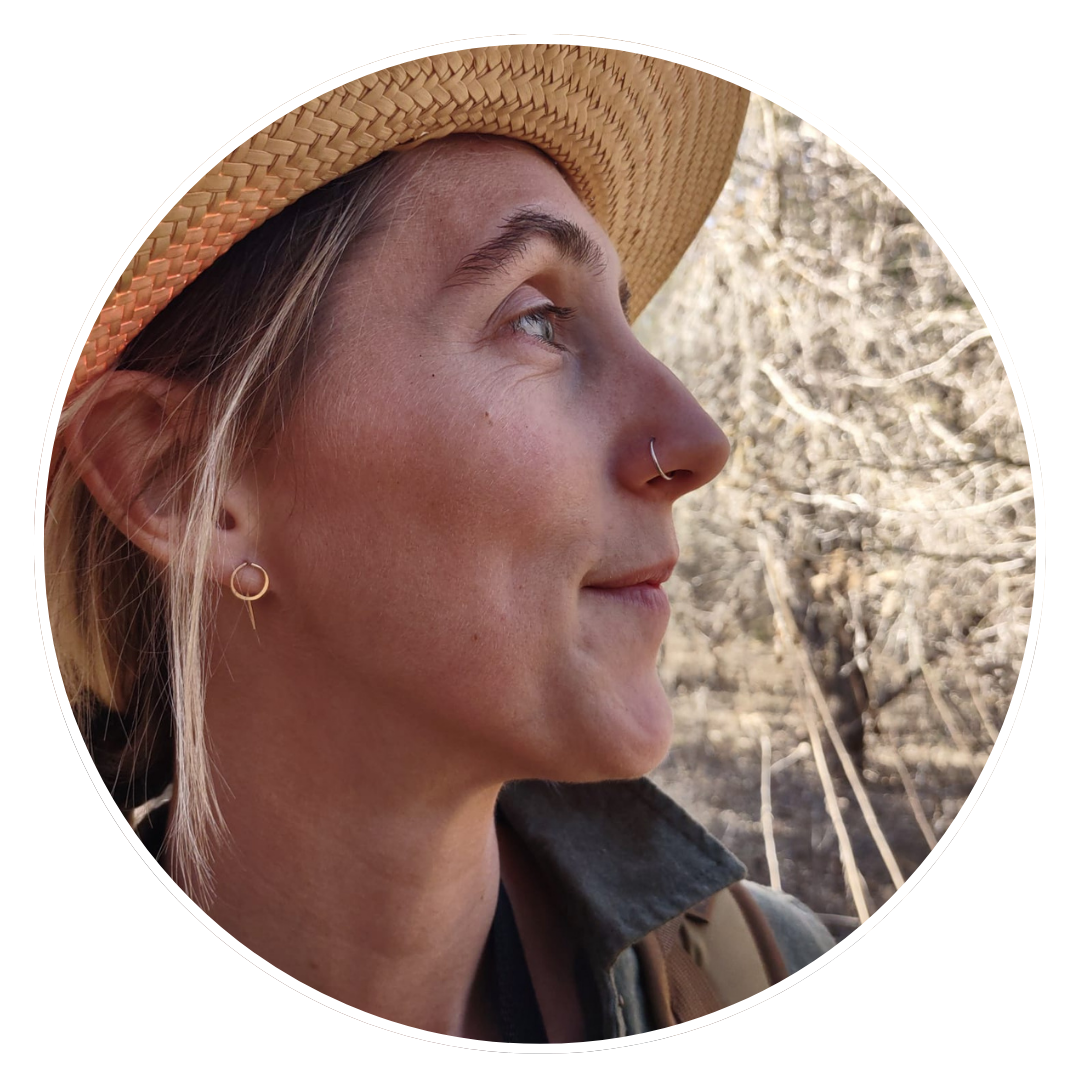
PPEH: Where do you find inspiration? Is there anything that’s been of particular inspiration to you lately? (Feel free to speak generally or get specific; we love a recommendation!)
AC: So much inspiration for me is found in the garden: planting, pruning, tending, taking the time to really watch and listen to how a plant grows. I've always got three or four books going at any given moment, tucked around wherever it is that I'm living.
Right now, I'm reading Wendell Berry's "Mad Farmer Poems", Naomi Shihab Nye's "fuel", Elizabeth Kolbert's "Under a White Sky, and "Let's Become Fungal! Mycelial Teachings and the Arts" by Yasmine Ostendorf-Rodriguez. I love Ross Gay always, whenever I need a little bit of wisdom or joy. I'm working with a regenerative farmer in Maryland right now, and am feeling very much inspired by his deep knowledge of this place.
PPEH: What role do you think art/ storytelling play in activism?
AC: I think that, oftentimes, the 'activism' part of art happens in the process of its making - rather than as a response to the actual thing that was made. The process of telling a story, or gathering others' stories, the conversations that lead to the stories, this is the place of change. When art and storytelling is open to being changed by (affected by) the parts of the world it is describing, perhaps its responsiveness is what allows for active change? I also believe that activism can happen on small scales, person-to-person interactions or reactions, and that this is usually where art seems to function strongest.♦
To read more about the Ecotopian Toolkit, past toolmakers, and this years’ call for proposals visit: https://ecotopiantoolkit.org/
To learn more about Morris Arboretum & Gardens visit: https://www.morrisarboretum.org/

